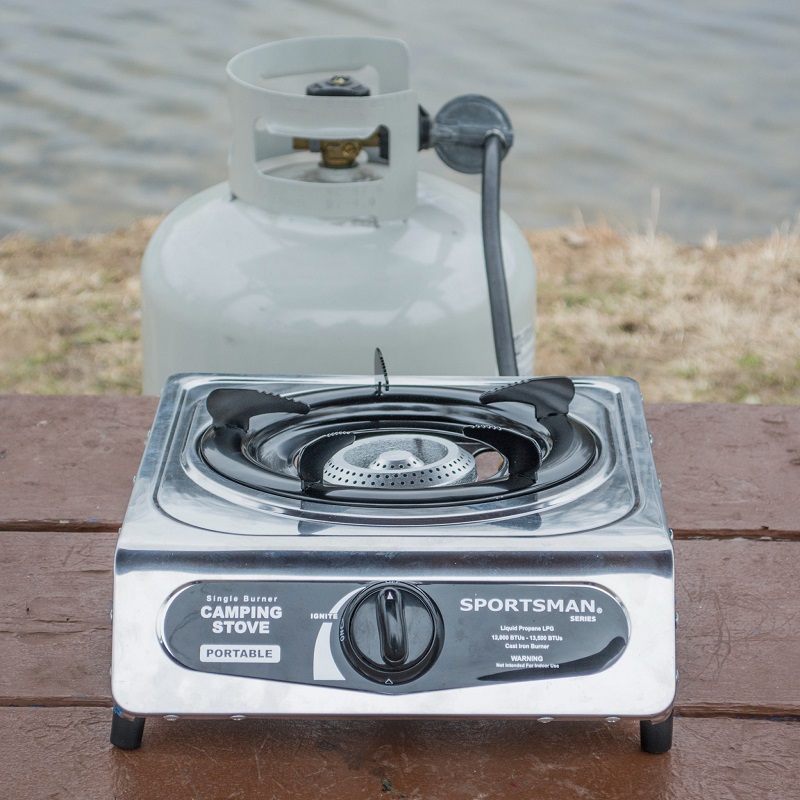Introduction
A reliable camping gas stove is an essential piece of gear for any outdoor enthusiast. Whether you’re preparing a hearty meal after a long day of hiking or boiling water for coffee in the morning, a well-functioning gas stove significantly enhances your camping experience. However, to ensure optimal performance and safety during your outdoor adventures, regular maintenance and troubleshooting are crucial. A well-maintained camping gas stove not only improves your cooking efficiency but also ensures that your outdoor enjoyable moments go smoothly without unexpected interruptions. In this guide, we will discuss the best practices for maintaining your camping gas stove, common issues you may encounter, and effective troubleshooting techniques. By taking the time to care for your stove, you can make sure it’s always ready for your next adventure.
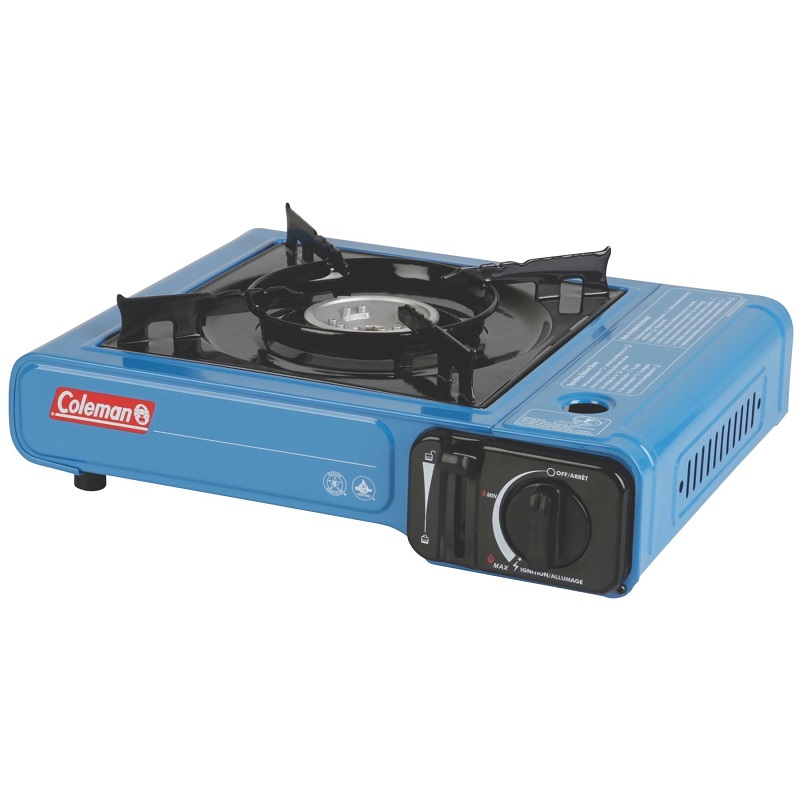
Routine Maintenance for Your Camping Gas Stove
Routine maintenance is vital for keeping your camping gas stove in top condition. Performing regular checks will help extend the lifespan of your equipment and provide you with the reliability you need in the outdoors. Being proactive regarding maintenance can prevent minor issues from escalating into major problems that require expensive repairs or replacements.
Inspect the Stove Before Each Trip
Before packing up for your camping trip, take a moment to inspect your gas stove. Look for any signs of wear or damage, including rust or corrosion. Ensure that all components are securely attached, and check for any loose screws or fittings. A timely visual inspection can reveal potential issues that need your attention. If you notice anything unusual, don’t hesitate to address it before your trip. This simple step can save you from frustrating moments when you need your stove the most.
Clean the Burners and Nozzles
Cleaning the burners and nozzles is essential for ensuring that your camping gas stove operates efficiently. After each use, allow the stove to cool and then wipe down the burners using a damp cloth. Pay attention to any food debris or grease buildup that could obstruct gas flow. For thorough cleaning, gently remove any debris from the nozzles using a soft brush or toothpick. This practice will prevent clogging, ensuring you have a reliable flame every time you cook. Additionally, a clean stove improves the overall flavor of your meals by preventing any residual burnt food from affecting your next culinary adventure.
Check Fuel Connections
Proper maintenance requires checking the fuel connections regularly. Ensure that all hoses and fittings are secure and free from cracks or leaks. If you notice any damage, replace the hose immediately. Furthermore, always use the correct fuel type specified for your camping gas stove. Using the wrong fuel can lead to poor performance or damage to the stove. It’s also wise to check the fuel canister for any signs of damage or leakage, ensuring that you have a safe source of fuel for your camping excursions.
Store Your Camping Gas Stove Properly
Proper storage is another crucial element in the maintenance of your camping gas stove. By taking the right steps, you can protect your equipment from potential damage and maintain its longevity. Knowing how to store your stove properly is just as important as how to care for it during usage.
Store in a Dry Place
When not in use, always store your camping gas stove in a dry, cool location. Humidity can lead to rust and corrosion, which can compromise the integrity of the stove over time. Additionally, consider using a storage bag or case designed for camping gear to keep the stove protected from dust and debris. If you have a bag for your stove, it can also prevent scratches and minor damage during transport or storage.
Keep Away from Extreme Temperatures
Extreme temperatures can adversely affect the performance of your camping gas stove. For this reason, keep your stove away from heat sources or areas exposed to freezing temperatures. Storing it at room temperature is often the best option. Keeping your stove in an area with stable temperatures helps maintain its components in optimal condition, prolonging its usage life.
Regularly Check Storage Conditions
Since conditions may change in your storage area, it is a good practice to periodically check on your camping gear. This way, you can identify and address any potential issues before your next trip. Items may shift or be moved around, so ensuring that your camping gas stove remains in good condition for many adventures to come is essential.
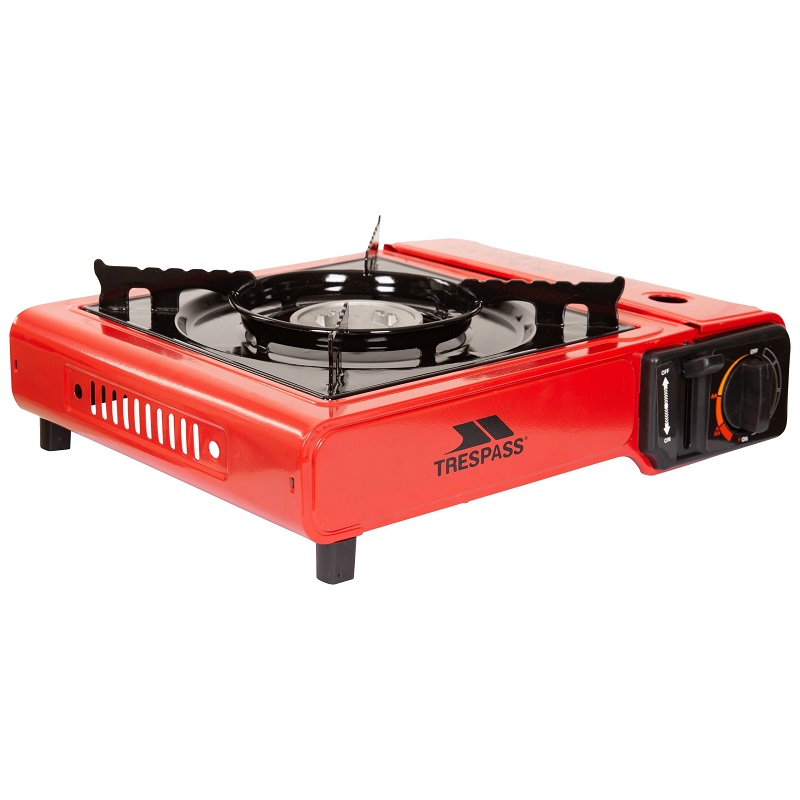
Common Issues with Camping Gas Stoves
Even with regular maintenance, you may encounter problems with your camping gas stove. Understanding common issues can help you troubleshoot effectively, ensuring that your stove operates smoothly. By knowing what to look for, you’ll be able to quickly resolve potential problems, allowing you to focus on enjoying your outdoor experience.
Flame Issues
If you notice that your stove’s flame is either too weak or too strong, this can indicate a problem. A weak flame might suggest a fuel line blockage or insufficient fuel supply, while an excessively strong flame could indicate an improper fuel-to-air ratio. In such cases, adjusting the air control knob can help you achieve a balance. Additionally, inspect the gas canister and ensure that it is adequately filled and properly connected. A clear understanding of your stove’s flame characteristics can lead to safer and more efficient cooking.
Inconsistent Ignition
A camping gas stove that struggles to ignite may cause frustration during cooking. First, ensure the igniter is functioning properly and that the battery or piezoelectric component isn’t damaged. If the igniter fails, you can attempt to light the stove manually using a long-reach lighter while taking appropriate safety precautions. Proper ignition is crucial for a pleasant cooking experience; hence, addressing this issue is essential.
Gas Leaks
Gas leaks are serious and require immediate attention. If you smell gas, it is vital to turn off the stove immediately and remove it from the area. Applying a soap and water solution to connections and hoses can help identify leaks—bubbles will form wherever gas is escaping. If you detect a leak, replace the affected components or seek professional help if necessary to ensure your safety. Being proactive in identifying gas leaks can prevent dangerous situations and keep your camping experience enjoyable and safe.
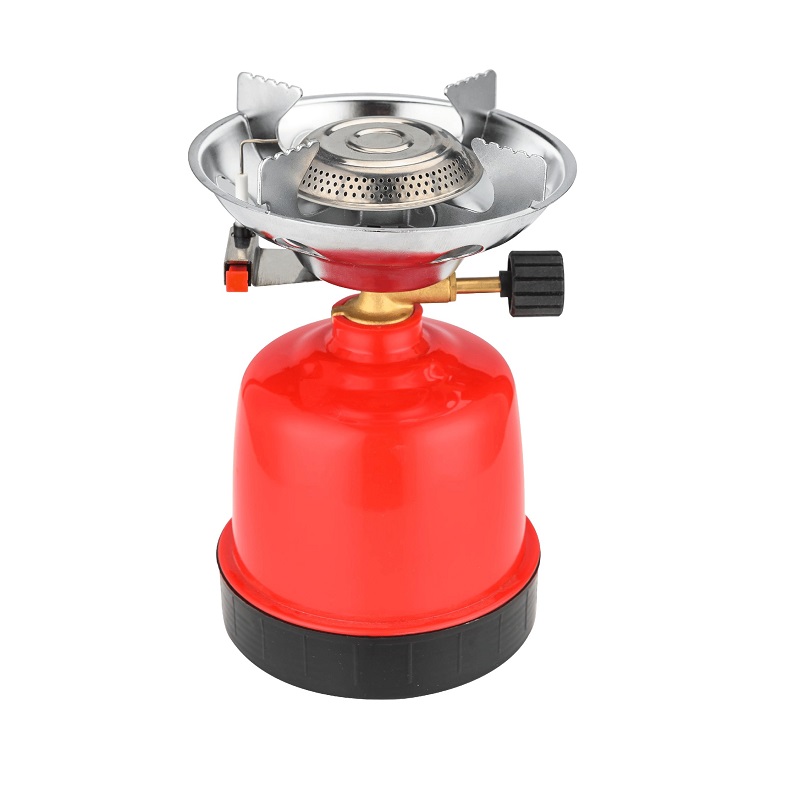
Troubleshooting Tips for Your Camping Gas Stove
When problems arise, having a troubleshooting guide can be invaluable. Here are some effective tips for resolving common issues you may encounter during your camping adventures:
Check Fuel Levels
If your camping gas stove is not igniting or producing a weak flame, the first thing to check is your fuel levels. If you’re low on gas, replace the canister with a fresh one. For stoves that use liquid fuel, ensure the fuel is not expired or contaminated. Keeping adequate fuel levels is essential for the effective operation of your stove. It is also wise to carry extra fuel canisters on your trip to prevent running out of fuel at an inconvenient time.
Evaluate the Appliance Compatibility
Ensure that any accessories, such as cookware, are compatible with your camping gas stove. Using the wrong size cookware can lead to poor cooking performance and uneven heating. Always use cookware recommended by the stove’s manufacturer and designed specifically for camping use. Ensuring compatibility can enhance your cooking experience, leading to better meals during your trips.
Follow the Manufacturer’s Instructions
Reading and following the manufacturer’s instructions for both assembly and usage is vital. Each stove has specific guidelines that should be adhered to for optimal performance. Familiarizing yourself with these instructions ensures that you’re using your camping gas stove correctly and safely. This practice can also prevent you from misusing the stove, which could potentially void any warranty.
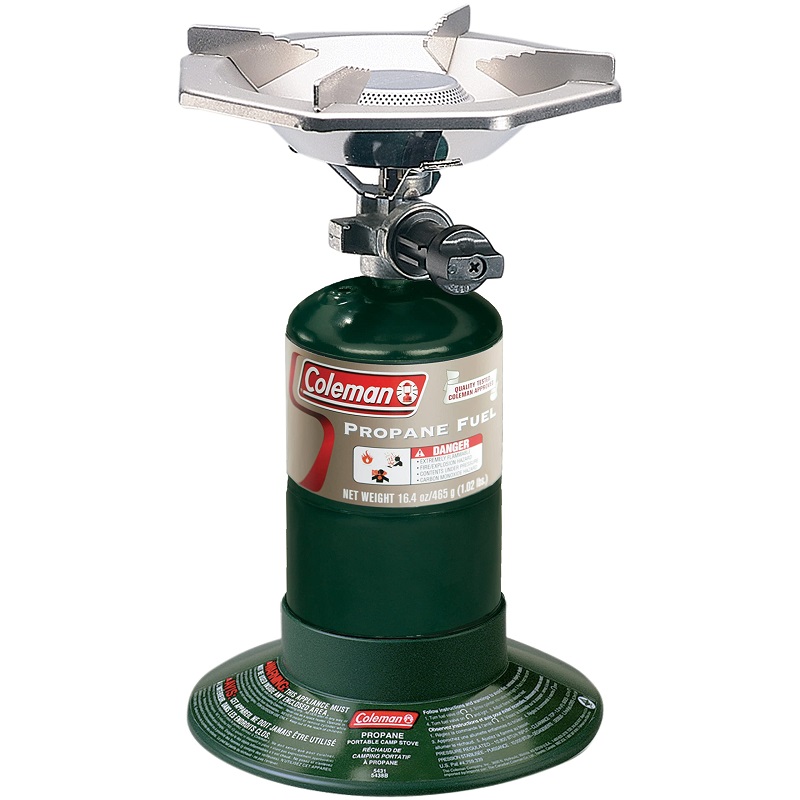
Safety Precautions When Using Your Stove
Safety should always be your top priority when using any gas appliance. Implementing proper safety measures can help prevent injuries and ensure a secure environment when cooking outdoors. Establishing strong safety practices can make your camping trips more enjoyable and worry-free.
Choose Safe Locations
When setting up your camping gas stove, always select a well-ventilated area away from flammable materials. This prevents accidental fires and allows for the safe dispersal of any gas fumes. Choosing a flat, stable area is also crucial for preventing spills or tipping, especially if you are cooking something that requires longer cooking times.
Keep a Fire Extinguisher Handy
Having a fire extinguisher nearby is a must. Familiarize yourself with the type of extinguisher appropriate for gas fires (Class B) and ensure it is easily accessible. This preparation can significantly reduce the risk of a small flame turning into a larger fire. Knowing how to operate the extinguisher can also save precious time in an emergency situation.
Regularly Monitor the Stove During Use
Make it a habit to keep an eye on your camping gas stove while it’s active. Never leave it unattended, as this can lead to dangerous situations. Being attentive allows you to identify and respond to potential problems immediately. This practice instills a safety-first mentality that is crucial for outdoor cooking.
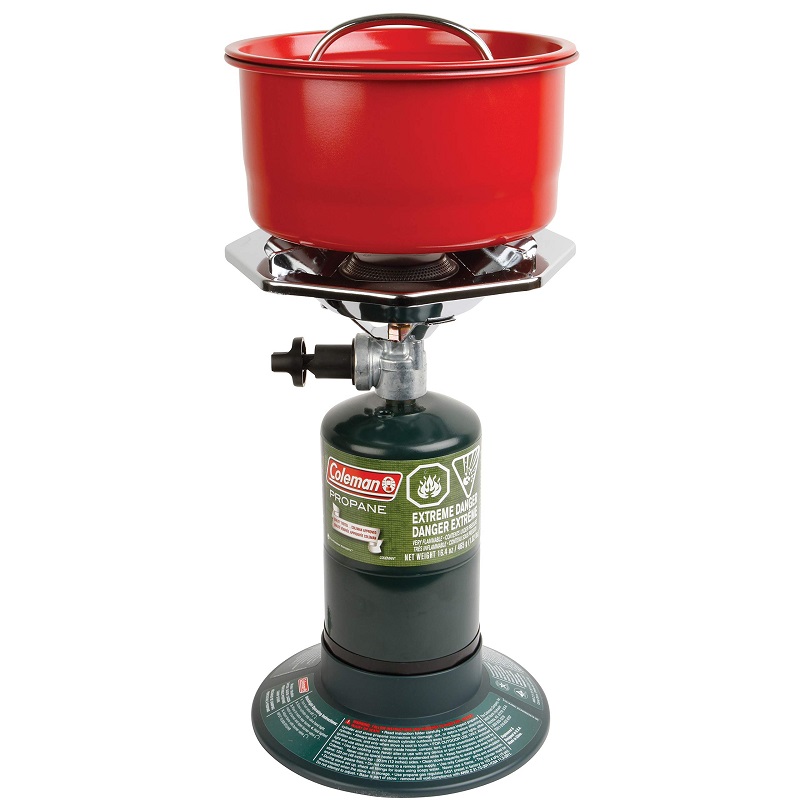
Conclusion
In conclusion, maintaining your camping gas stove is essential for enjoyable and safe outdoor cooking experiences. Regular inspections, cleaning, and adhering to safety precautions can drastically extend the lifespan of your camping gas stove while enhancing its reliability. By understanding common problems and implementing effective troubleshooting strategies, you can quickly address issues, ensuring your stove is always ready for your next adventure.
As you explore the great outdoors, take the time to care for your camping gas stove. The effort is worthwhile, as it guarantees delightful meals and fond memories with family and friends. With the right maintenance and attention, your camping gas stove will continue to serve you well for years to come. So prepare your equipment, embark on your next camping journey, and savor every moment.
